A Quick Guide to Extending Your Period Home
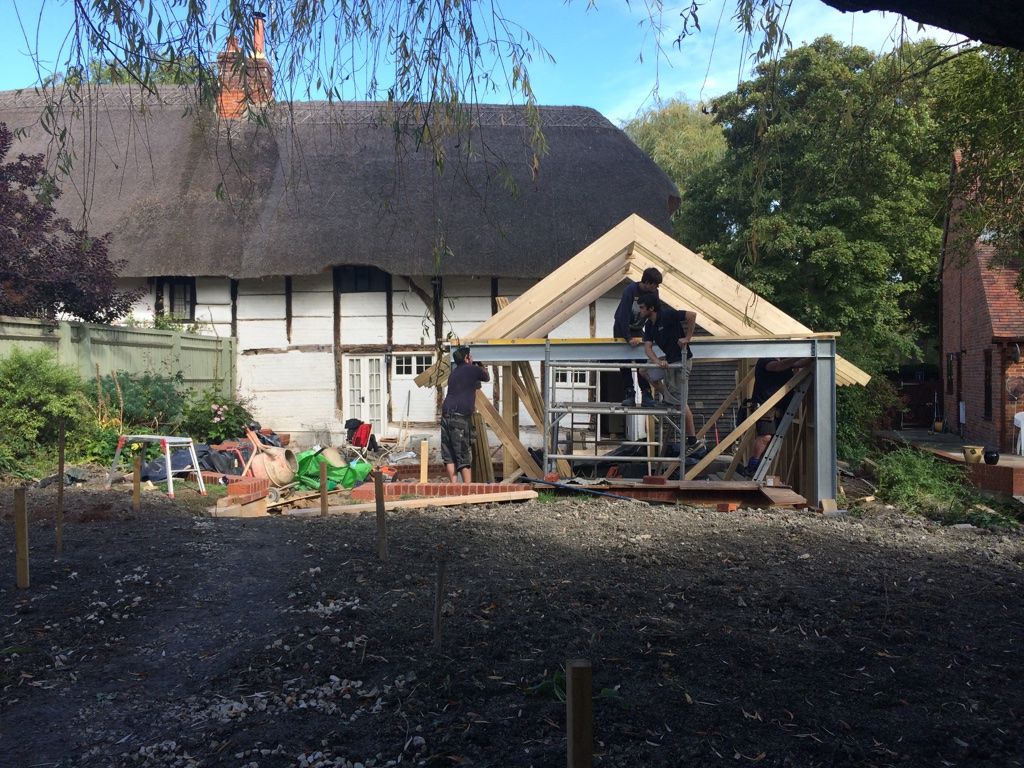
Older period homes with character are sought after by those looking for a home with charm and history. Extending your period home suitable for the demands of modern life can be the perfect route to creating your ideal living space. Extending your period home should enhance, not compromise, its original character. Here’s what to consider before getting started.
Consider the Purpose and Practicality of Extending Your Period Home
When deciding to extend your period home it is worth first looking at the purpose of the extension. Start by asking yourself 2 questions: what will it be used for and who will be using it.
To give your design proposal the best chance of success, there must be a good reason or need for your extension. If your property is listed, planning officers will be looking for a design that’s sympathetic in respect of the original footprint of your property. Plus, listed building consent will be required. Get the advice of a heritage buildings expert before you start. You can find out whether a building is listed via Historic England or your local council’s planning department.
Finally, there’s nothing better than getting first-hand experience from any of your neighbours who have successfully acquired planning permission in a period or listed property.
Know Your Period Building
“Identify the important historic features of the property first”
Whether your house is listed or not, all period houses have characteristics that are key to their value and heritage and are crucial to the success of any extension. Understanding the past is a good starting point and one that you can incorporate into your extension.
Find the link between the home and the extension
When working on the design of the extension, it’s important to ensure design coherence and balance. For example, if your existing home is a farm house, then think about linking to the agricultural nature of the property using traditional materials to echo the original house and celebrate the beautiful countryside views with expansive glazing.
To Complement or Contrast?
There are two main approaches you can adopt when extending a period home;
- Contrast the existing house. Some Heritage specialists have a preference for a clear visual break between the original and the modern so don’t be afraid to think “outside the box” if you dream of a statement extension. Adding a stunning glass extension will bring in oodles of natural light and help accentuate the age of the house from the new extension.
- or pay tribute and complement what is already there.
Complement Your Period Home
Because the below cottage was Grade II-listed, the design for the extension had to be carefully considered. Small windows typical of this period cottage meant this home was fairly dark, so we added a bright kitchen extension to the rear of the house. The exposed beams makes a great design feature that is in-keeping with the cottage. The glass doors allows for seamless access to the garden, creating an indoor-outdoor feel.
What we achieved is really the best-of-both worlds: a light and airy kitchen with warm wood designed to modern demands, complemented by the more cosy spaces of the Listed period half.
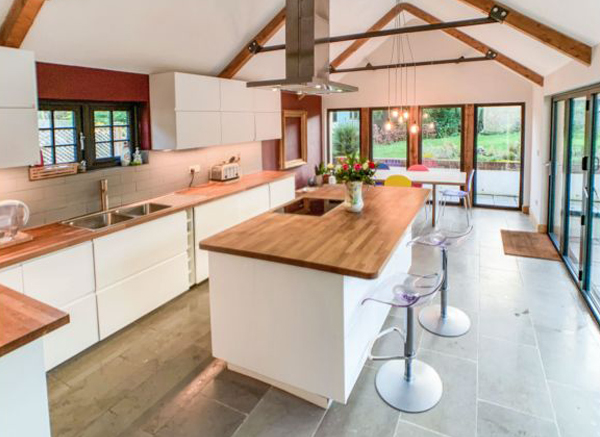

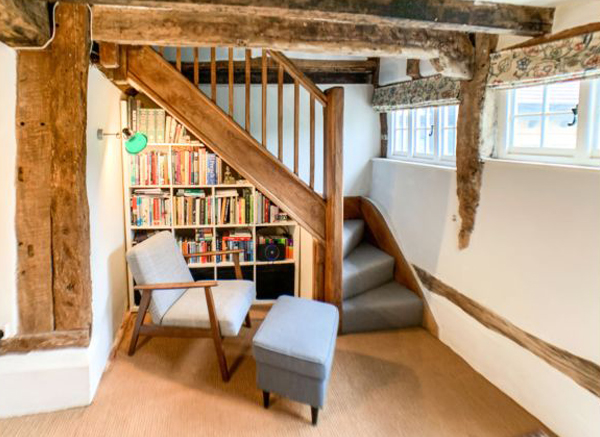
Create a New Chapter in Your Period Home
Kitchens in period homes were not the hub of the home as they have become today. In untouched period homes kitchens are often poorly designed and out of sight and lacking in light and space- all requisites we enjoy and expect today.
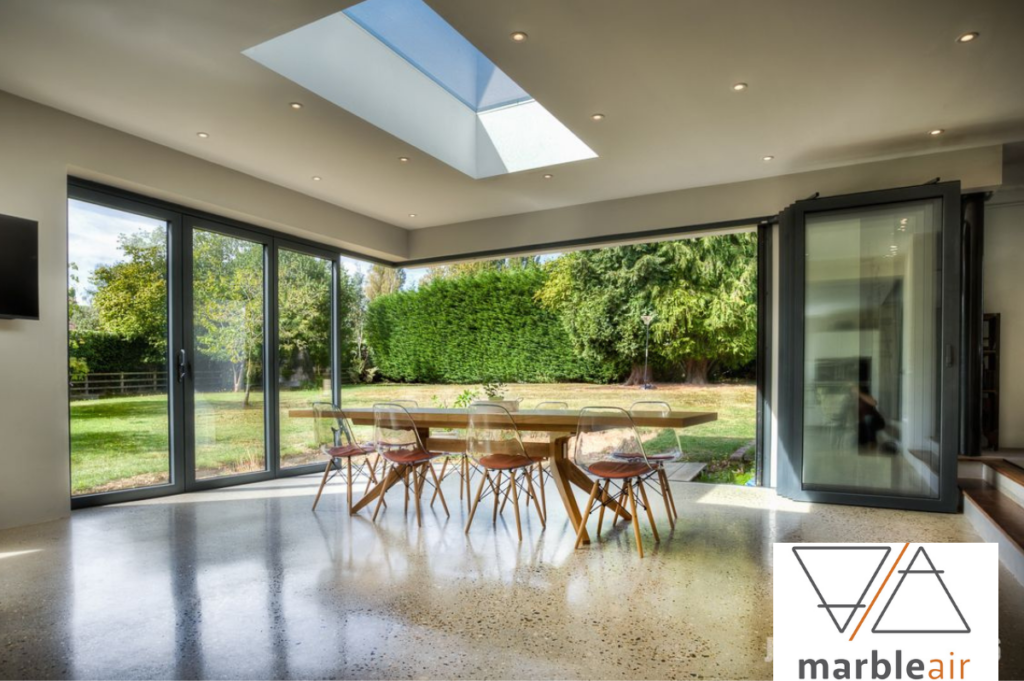
One of our amazing extension projects below incorporates an open-plan kitchen and dining room for more informal living. The family really wanted to enjoy the flexibility of modern living. For me, one of the most inspiring aspects of the design are the cantilevered glass doors that opens up the space for the family to enjoy the beautiful garden. The generous skylight draws extra light into the house.
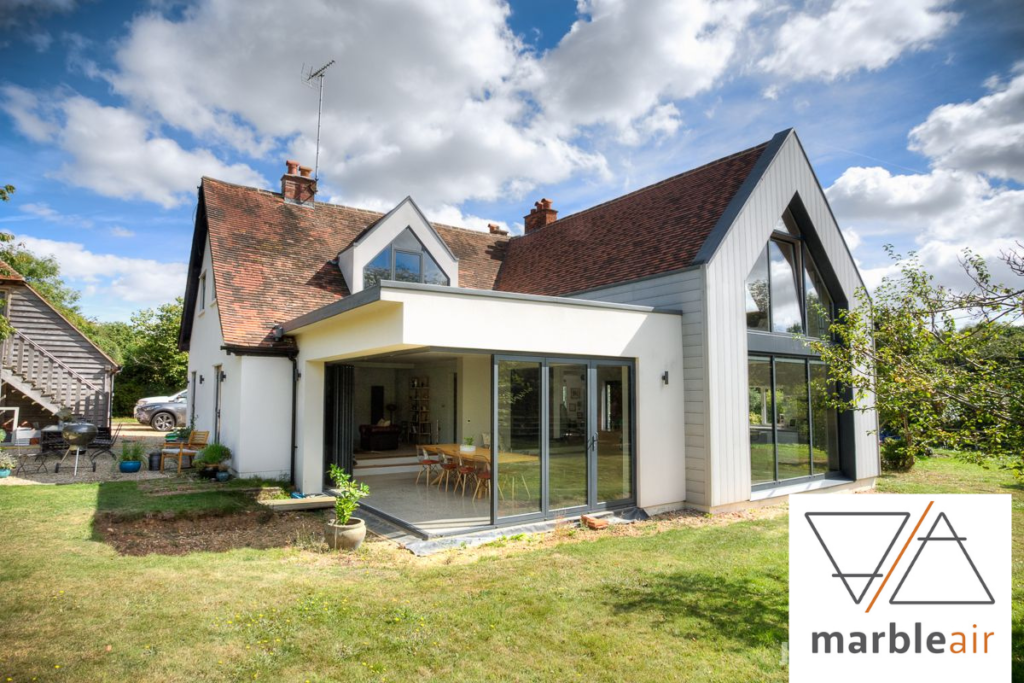
Consider the Materials
One of the most crucial aspects is to understand how your older property works, in terms of its materials. Matching materials exactly like the original 17th or 18th century foundations is a great idea for integrating the old and the new; however, this can be quite difficult to do due to the demands of modern building regulations. Having said that, if you use “incompatible materials or methods” on older properties, it can affect their ability to balance moisture content and give rise to damp and mould (Historic England).
We have found that it is sometimes easier to introduce an extension which is completely different in style and character to the heritage asset. This design strategy makes glass great material to design in maintaining integrity and visibility of the original structure.
Find the Right Architect
When embarking on an ambitious project, it’s so important that you take on the right professionals. Find a specialist architect that is experienced in the conservation, restoration and refurbishment of all property types, including listed buildings. Listed building work requires a lot of knowledge, skills and a delicate hand. To get matched with the right architect RIBA will help you find the right practise. https://www.architecture.com/working-with-an-architect
At Marble Air, we love creative challenges and we specialise in extensions to period properties and listed homes. We believe it should be painless for you to achieve your dream space, while still maintaining the beauty and the historic qualities.
Please feel free to contact our team of architects and designers to maximise the potential of your home.
